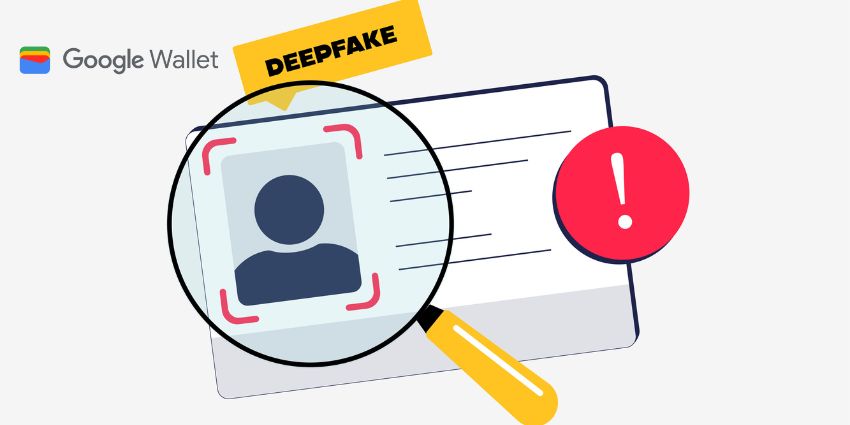For debt collection contact centres, there is probably no metric as important as promise to pay.
It indicates a commitment from the customer to pay for products/services that have been delivered or are intended for delivery, essential for revenue generation at an organisation. A high promise to pay metric is extremely important, as it signals an organisation’s capacity to extract payments which is due. Before we delve into the various methods of improving promise to pay, let us first understand the metric in greater detail.
What is Promise to Pay?
You can define promise to pay as an outbound contact centre metric that denotes how many of the total outbound calls resulted in a verbal agreement to make a payment that is overdue. In several cases, this agreement can be understood as legally binding, as there is a clear exchange of products/services in lieu of payment.
Promise to pay is measured by various types of outbound contact centres around the world. Banks and insurance service providers, B2B sellers working with small business, subscription-based direct to customer service providers, etc. must all extract payment from their customers on a regular basis. While a lot of these regularised payments are now automated, promise to pay remains a vital metric for scenarios where an automated payment has malfunctioned or the amount cannot be automatically deducted from the client’s account for some reason.
The formula for calculating your promise to pay rate is as follows:
(Number of outbound calls that resulted in a promise to pay ÷ total number of right party contacts made during the period) x 100
Note: Promise to pay is calculated in relation to right party contacts, which is when the outbound agent actually manages to reach a decision-maker or a customer-side stakeholder authorised to approve the payment.
Tips for Improving Promise to Pay
There are several ways you can maximise the number of commitments to pay collected by your contact centre.
- Centralise the debt collection environment
Centralisation will help agents access all the debtor information from a single pane, removing the need to waste time on seeking further information. Access to previous records can also help agents guide customers through the payment process.
- Use automated outbound callers
Automated outbound calling (especially when using predictive technology) can quickly match the pace at which customers are contacted with agent availability. This maximises your resource utilisation and reduces idle time, thereby increasing the number of right party contacts you make within a period.
- Leverage analytics to predict best-time-to-pay
Customers typically follow predictable payment patterns, and the highest propensity to make payments is likely to be regularised. You can schedule agent shifts in a manner that takes advantage of best-time-to-pay forecasts.
- Fine-tune your scripts for various collection scenarios
Agents are likely to encounter multiple reasons for missed payments, from invoice errors to delayed approvals, from absent stakeholders to admissions of having forgotten to make the payment. Agents must be able to tackle every scenario with politeness, transparency, and a firm hand.







